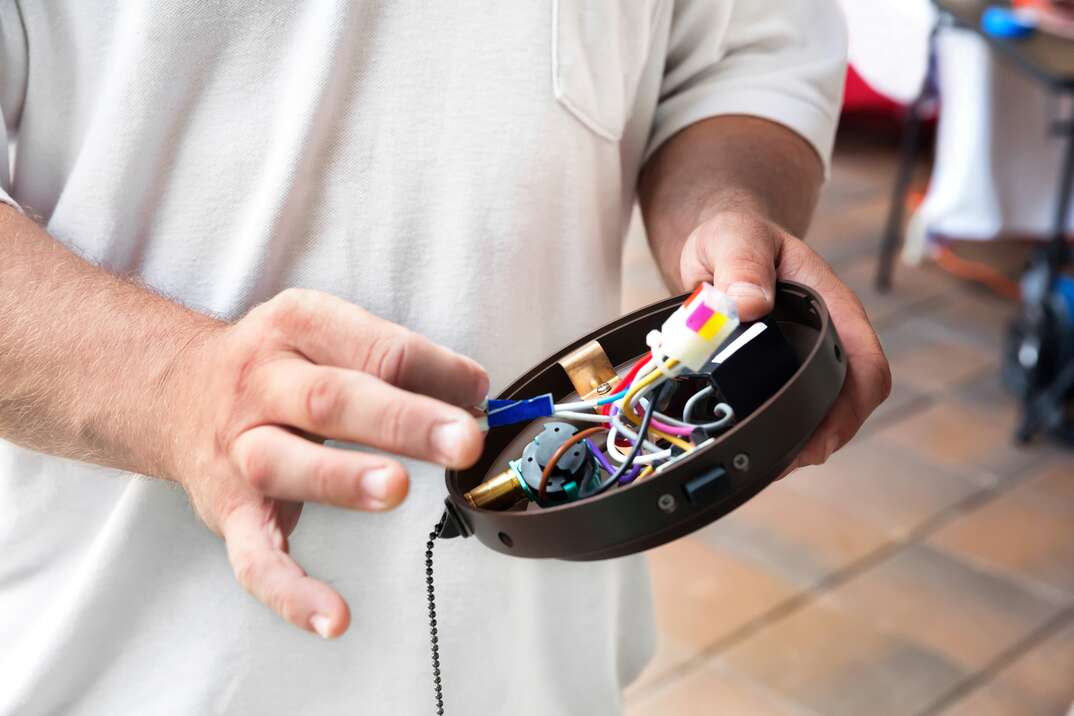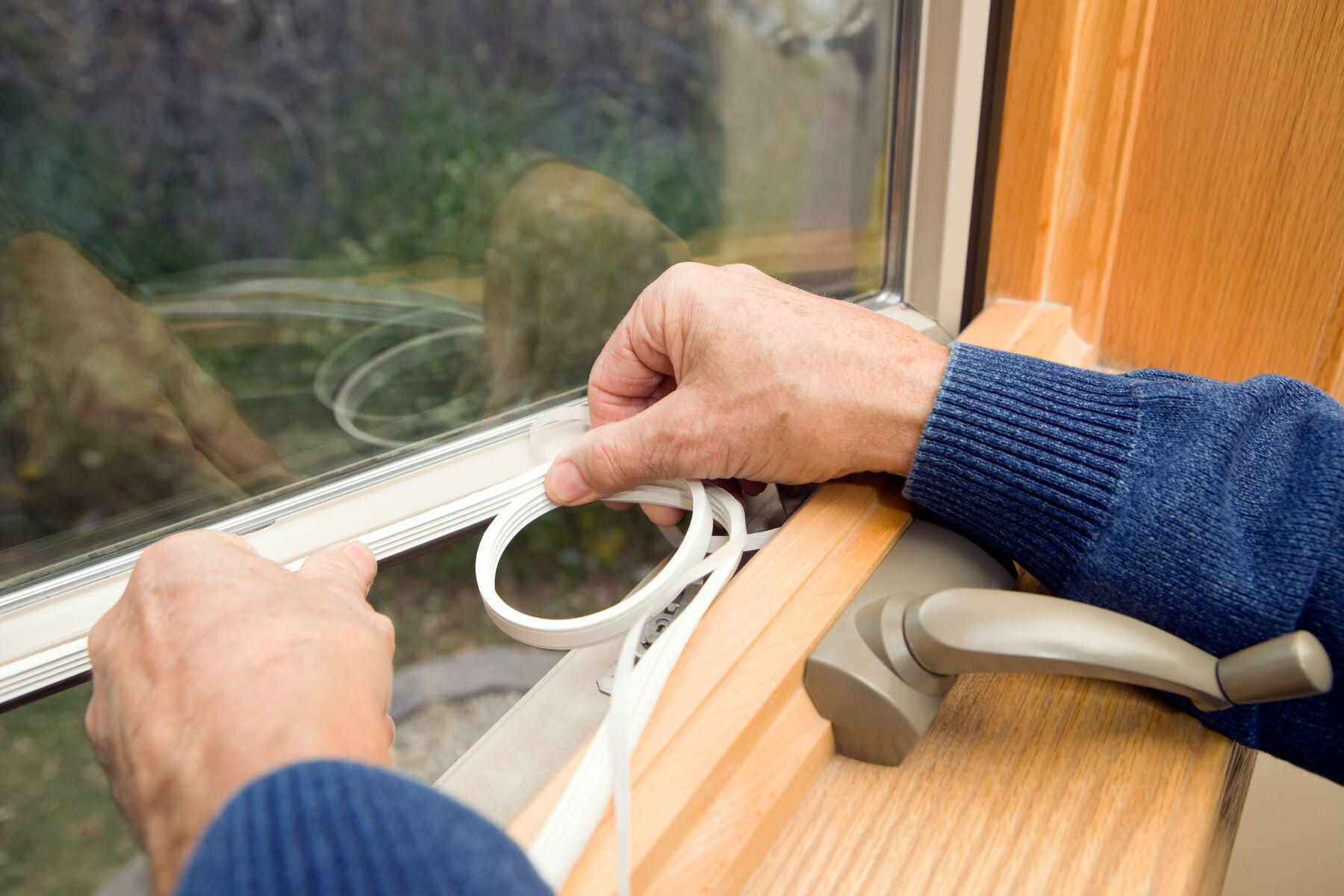How to Keep Your House Warm Without Breaking the Bank
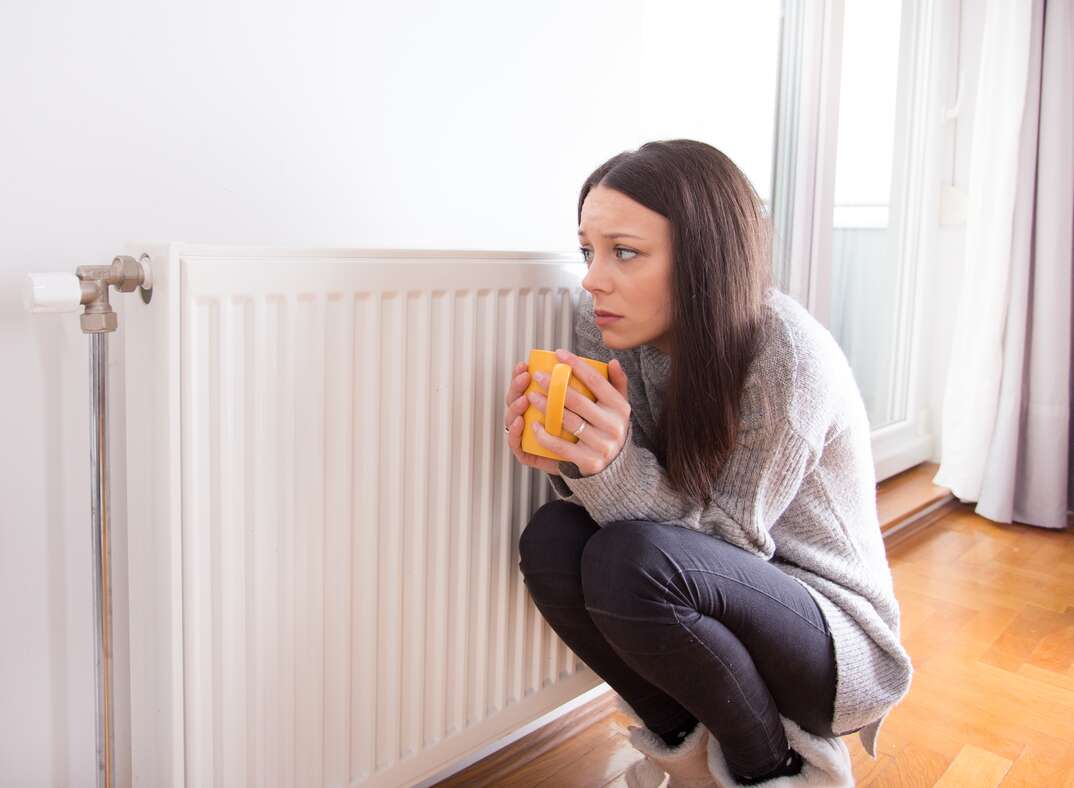
Nothing beats feeling nice and toasty indoors when the temperatures outside start to plummet — until, that is, you get your utility bill.
This May Also Interest You: How to Make Your Home More Energy Efficient: 9 Pro Tips
Keeping your heat high in the cold months can quickly add a major expense to your monthly living costs, and when that first bill arrives, it can send shivers down your back quicker than the wind from a Nor'easter.
Fortunately, there are several ways you can keep warm in the winter months without breaking the bank due to sky-high fuel costs. Here are a few you can try.
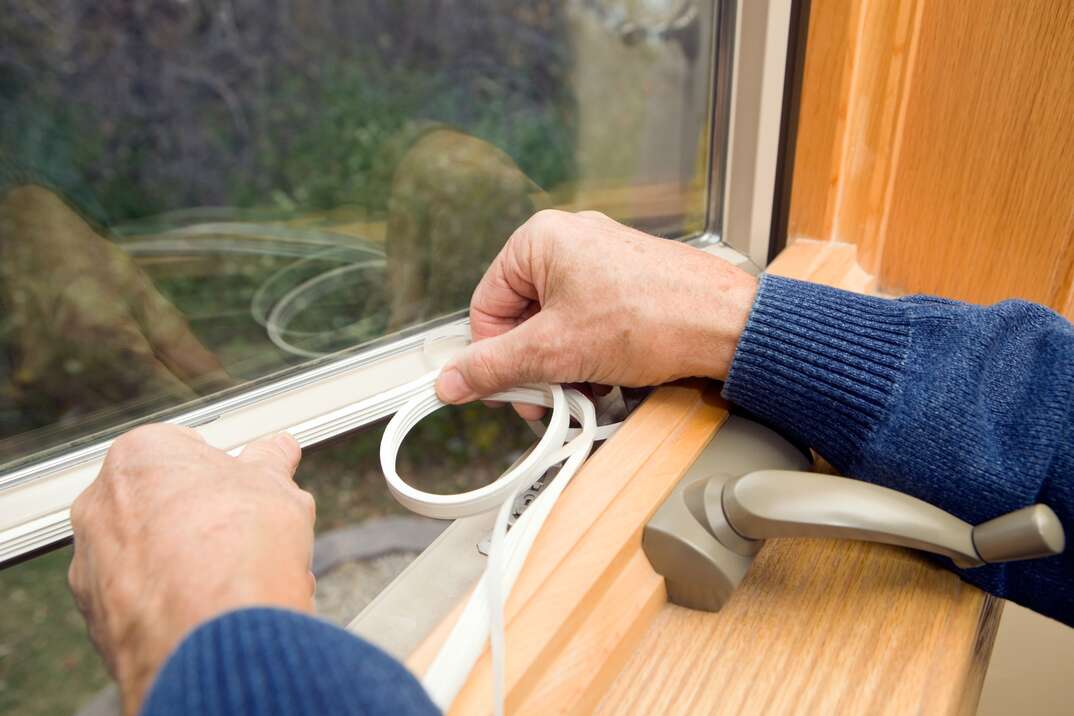
Smash the Drafts
A surefire way to lose heat — and therefore comfort and money — during the winter months is by having it seep out through cracks or other openings in your home. Warm air can escape–and cold air can enter–through gaps around windows and doors or any other place there is an opening that connects the inside of your home to the outside.
So, for a very cost-effective first step to warming up your home efficiently, take an afternoon and inspect all of your doors and windows. If you notice any curtains fluttering, or if you can feel any drafts or see any gaps, it's time to employ a little weatherstripping. This foam or rubber material is usually self-adhesive and can be placed around windows and doors to plug up gaps and stop drafts.
If there are drafty doors in your home — especially those that lead to the outdoors — you can use a draft stopper along the bottom edge to improve the situation. There’s a wide range of styles available, and most are under $25 (CAD 35), so it's a small fix that can have a big impact, especially when you consider that, according to the U.S. Department of Energy, air leaks could cost as much as $400 (CAD 550) per year in wasted energy.
You'll also want to look around the floors and ceilings and the walls in your basement or crawl space. If there are places where pipes or electrical conduit travel with gaps around them, seal them up with a good spray foam insulation.
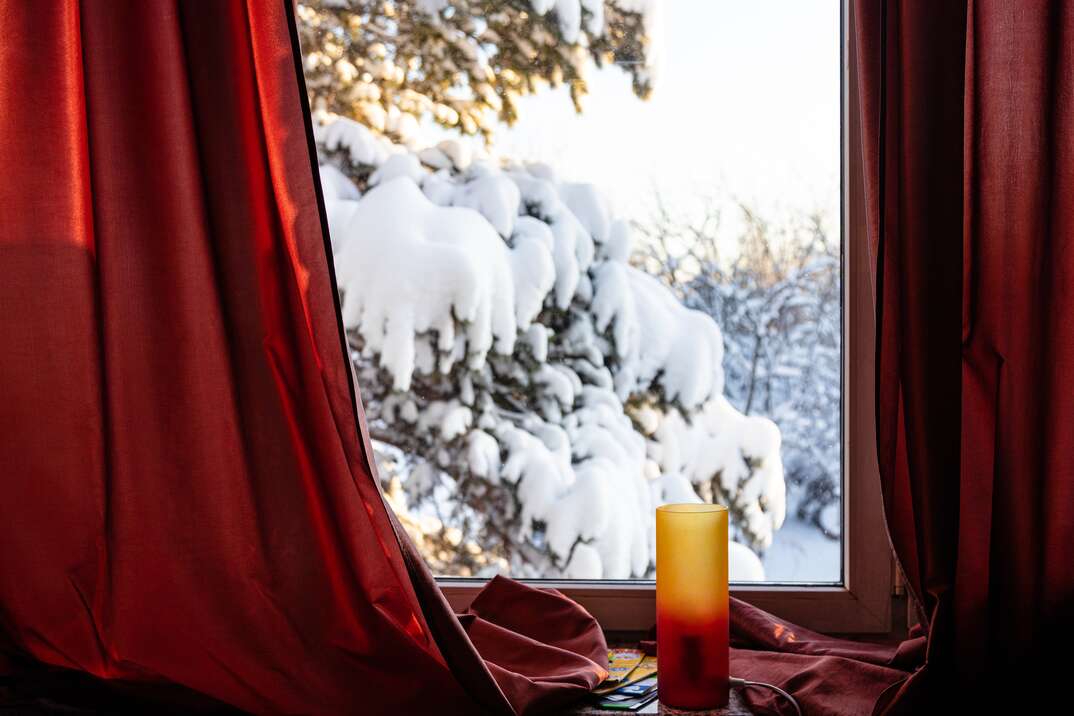
It's Curtains for High Energy Bills!
Approximately 30% of a home's heating energy is lost through windows. So, another excellent way to keep heat inside your home and the cold outside is to use thermal insulated curtains or drapes. While most of these will help with heat loss through windows, there are versions meant to cover doors as well. Again, there are hundreds of styles of these energy savers available, so it won't be too hard to find a set that matches your decor.
If your home gets sunlight during the day, be sure to keep the curtains open to let the thermal energy of the sun warm up your space. Then, close the curtains at night to keep all that cozy warmth in.
More Related Articles:
- Don’t Get Lost in the Wash: How to Use Your Dishwasher Efficiently
- 15 Ways to Save on Your Electric Bill
- What’s a Home Energy Audit and What Can It Tell You?
- How Much Does Electricity Cost?
- How Much Do Utilities Cost?
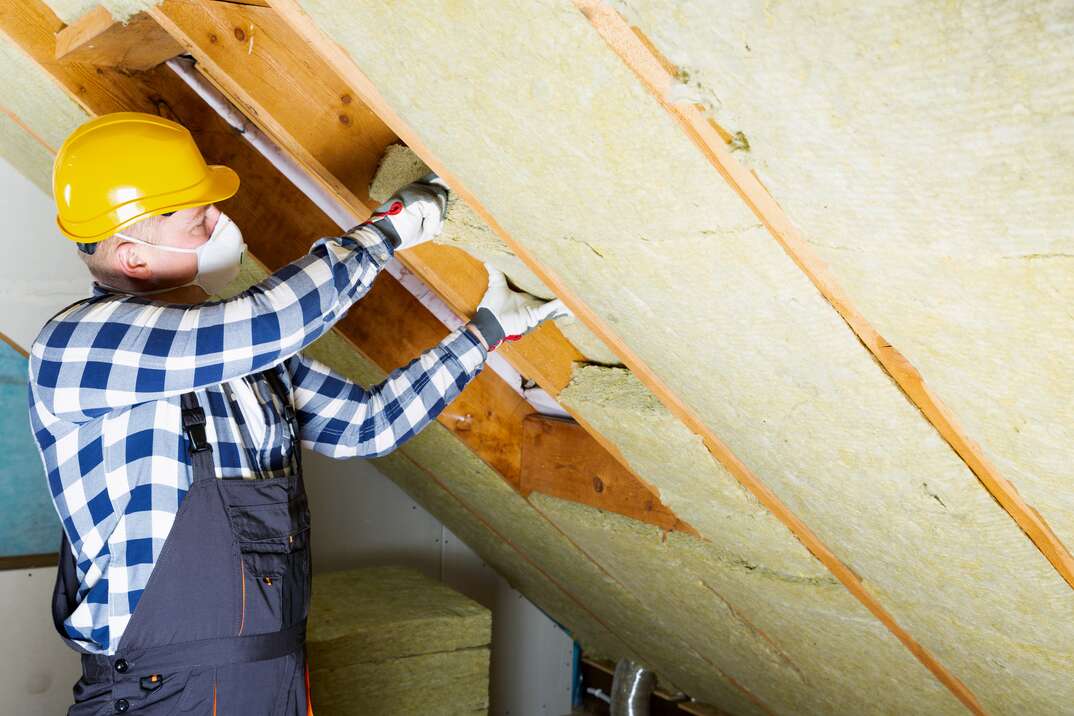
Check Your Insulation
While a more involved and potentially costly project, you also want to make sure that your home is well insulated. It can be tough to check the insulation in your walls, but it's relatively easy to investigate the state of your attic and your basement or crawl space. If there is no insulation in these spaces, putting some in can go a long way to making your home more energy efficient. The EPA estimates that homeowners can save up to 15% off heating costs by making sure the home is sealed and that attics and crawl spaces are insulated.
Get Smart With Your Thermostat
Turning your heat down when you're not home and back up when you are is an excellent way to slash your heating bill while staying comfortable during the winter months. But most of us simply can't pay attention to all that daily adjusting. That's why a smart or programmable thermostat makes sense. These devices simply replace your current thermostat and let you set the times and the temperatures you'd like throughout the week. Even the most basic programmable thermostats let you set a different schedule for weekdays versus weekends, while smart thermostats like the Google Nest track your comings and goings and automatically adjust the temperatures for the most efficient heating routine possible.
According to the U.S. Department of Energy, it's best to keep your thermostat set at 68 degrees Fahrenheit during the day and then about 7 to 10 degrees cooler at night while you sleep.
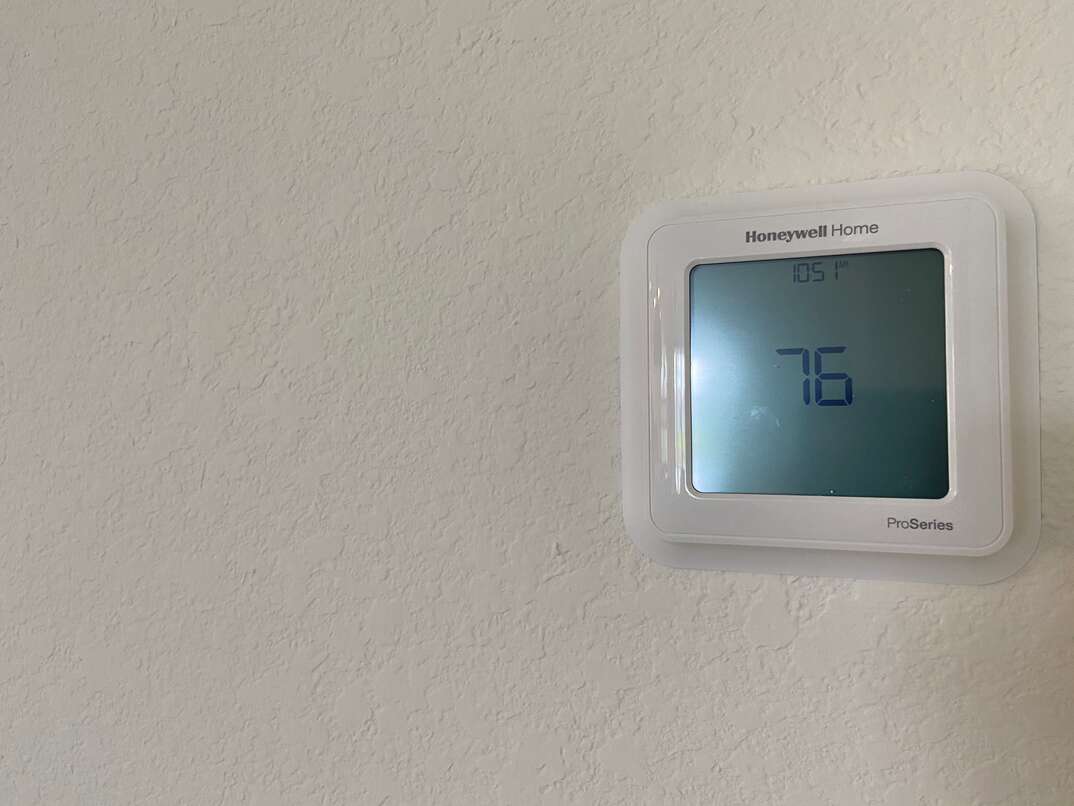
Save Even More
These simple tips can go a long way toward heating your home more efficiently. You'll find that you'll be more comfortable in a warm, draft-free home and in one that is not spiking your utility bill to uncomfortable levels each month.
All CAD conversions are based on the exchange rate on the date of publication.
